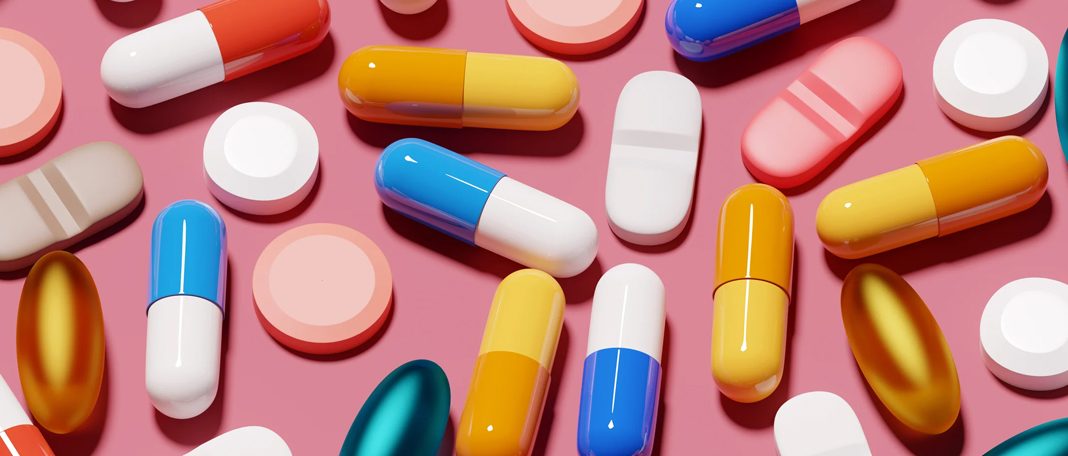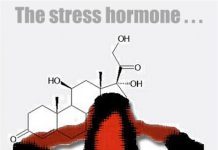Placebo is the term used for drugs that are really not drugs. Confusing? Well, that is the aspect of placebo – to confuse your mind and affect it positively, thereby inducing a placebo effect. If the mind reacts negatively to placebos is called the nocebo effect.
The widespread use of placebos in clinical trials raises questions like, can the placebo effect be harmful? Is the nocebo effect real? Let us find out.
What are Placebos?
Placebos are medical drugs containing no pharmacologically active substance. They are commonly used in clinical trials around the world to test the effectiveness of a new or developing drug. Placebos are available in different formulations – pills, syrups, injections, etc.
Use of Placebo in Clinical Practice
Patients in clinical trials are usually randomly divided into two groups. One group receives the new drug and the other the placebo. But both are never revealed which one they get. Holding confidentiality is a foolproof way to monitor the effects of a drug, one of which is the placebo effect. Not knowing which drug they have taken might create a placebo effect in certain patients.
What is the Placebo Effect?
The placebo effect occurs when the mind convinces the body that a fake treatment is real and, as a result, the body feels better. It functions under the principle that our mind can heal the body. Therefore, when clinical trials for new/ developing drugs take place, placebos help a lot. For example, when patients receiving a placebo report symptoms and effects of the drug rather than patients given the actual drug, it is a telling sign of its drawbacks.
The idea behind administering a placebo is to trick the brain into thinking an illness is getting better. This idea is limited since placebos cannot cure diseases. But it can work on feelings created by the brain, like pain. Studies have found placebos effective in, “conditions like pain management, stress-related insomnia, and cancer treatment side effects like fatigue and nausea.”
What Is the Nocebo Effect?
The placebo effect functions under two main understandings – conditioned reflexes and patient expectations. Conditioned reflexes are subconscious, and the patient’s expectations are conscious, meaning that a placebo effect could go both ways. It can create a feeling of betterment which is what most patients desire. Or a feeling of worsening illness that is subconsciously related to fear of pain. When it is the latter, it is called a nocebo effect.
Is the Nocebo Effect Real?
The positive effects of a placebo can also turn negative when overdosing on placebos and thereby create a nocebo effect. One of the very famous and well-documented cases of overdosing on placebos happened around 2007. A 26-year-old male attempted suicide by consuming 29 inert capsules (placebos), believing he was overdosing on an antidepressant. He has low blood pressure and a high heart rate on arrival at the hospital. The responding doctors are successful in decreasing his blood pressure.
Despite giving six liters of saline solution, the patient heart rate remains high. Only after being informed about the placebo pills, by the doctor who conducted the lab trials, did his heart rate drop to normal. This incident awakened the medical community to the negative aspect of placebo overdose/ nocebo effect on certain patients.


















